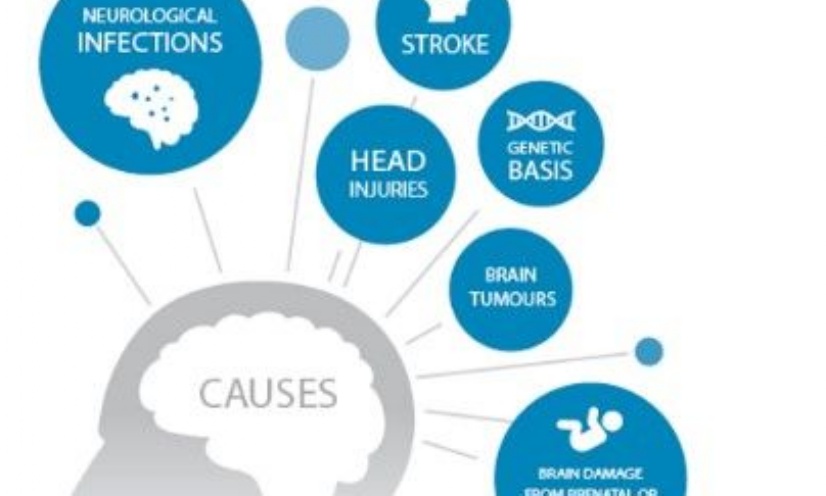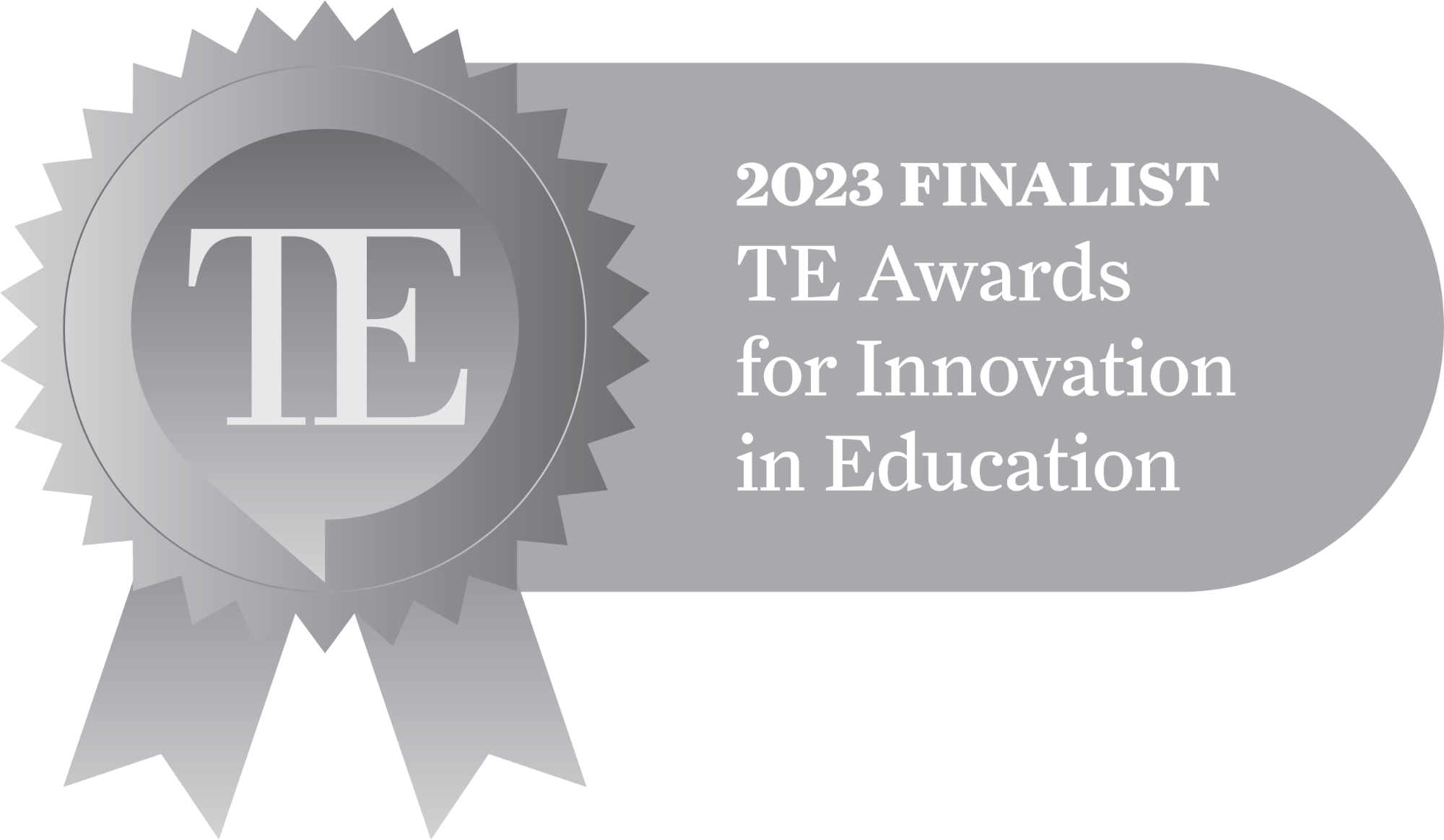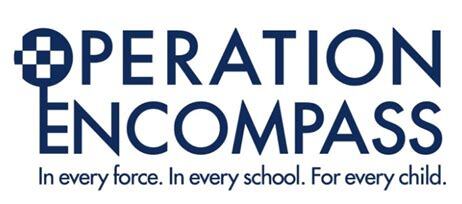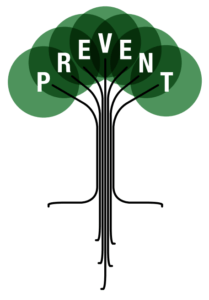Why We Will Wear Purple

Why we will be wearing Purple on Friday by Dr Chapman and Bryn Parfitt, Year 9
The following well known people all share a connection: James Cracknell, Olympic rower; Dai Greene, world champion athlete; Susan Boyle, singer; Martin Kemp, actor; Agatha Christe and Charles Dickens, authors.
So what connects such a diverse group of people? They all have been diagnosed with epilepsy.
Epilepsy - I would imagine most of us will have heard of the term. Many of us will associate the term with a person having a fit or seizure. But how many of us know exactly what epilepsy is?
The World Health Organisation define epilepsy as a neurological condition characterised by recurrent seizures, due to brief disturbances in the electrical functions of the brain. The brain has millions of nerve cells which control the way we think, move and feel. The brain uses electrical signals to send messages from one nerve cell to another. If the messages are interrupted, or the electrical signals do not switch off when they are no longer needed, this can cause a brief change in the way the brain works. This interruption or build-up of electrical signals can cause a seizure (sometimes called a ‘fit’ or ‘attack’).
The causes are many and varied. Martin Kemp frequently seen on our television screens, developed epilepsy as a result of a brain tumour. But there is no single cause.
Epilepsy is not a minor disease either. Each year some 30-50 per 100,000 people in the UK are diagnosed with epilepsy and 4-10 per 1000 people have a diagnosis of epilepsy requiring treatment. This last statistic is significant as it means statistically 4-10 people in the school are likely to have epilepsy. And while it’s just a statistic, at Warwick School it is much more than a number as amongst our school community there are both pupils and staff with a diagnosis of epilepsy.
For many it is possible to control their epilepsy through a combination of medication and living a lifestyle that reduces the chances of seizures. The common triggers are lack of sleep, stress or even flashing lights. Have you ever wondered on news reports, they are often preceded with a warning that it contains flash photography? It’s because this is a trigger for epilepsy.
Epilepsy most commonly presents itself in two ways. The first is absence seizures. This is perhaps best described as day dreaming and although relatively harmless, in those moments when an absence happens you are unaware of what is happening around you. This can cause major difficulties. Imagine a maths lesson where you are asked to add 4 numbers but due to an absence you miss two of them. Or potentially more seriously, having an absence when walking down steps or crossing a road.
The second is tonic-clonic seizures. This is what most people often refer to as a classic fit.
Too often there is stigma attached to epilepsy. People don’t want to talk about it, friendships are strained or broken by it, people want to look the other way.
But this need not be the case and many people with epilepsy have become inspirational role models in conquering an adversity and succeeding in life. Take Imogen Clark, who at aged 14 in 2018 became the 4th fastest 50m breaststroker in the world. Or Chanda Gunn, the goalie for the 2006 Women’s U.S. Olympic ice hockey team who famously said. “There’s no reason why a person with epilepsy can’t play sports or pursue their dreams.”
In recent years, as a school we have actively looked to educate our community about epilepsy to reduce stigma. Each year I deliver an assembly on the subject. Admittedly, like many other parents whose children are diagnosed with a health condition, the motivation came from my own daughter growing up with epilepsy. Like so many others mentioned in this blog, she has been determined to pursue her dreams and since qualifying as a physiotherapist, has spoken openly about the condition, written blogs and actively campaigns for epilepsy charities that work with children with epilepsy.
Having shared these experiences with the school, I was approached recently by one member of the school community wanting to volunteer within school and the wider community, to help raise awareness, reduce stigma and support other young people about epilepsy. But I will let him tell his story in his own words.
“Hi, my name is Bryn Parfitt and I am in Year 9. I was diagnosed with Idiopathic Generalised Epilepsy in February 2018. I was 10 years old. I was looking forward to my last few months at The Croft having passed my entrance exam to Warwick School 3 months earlier.iH
It was a Friday morning at breaktime in the playground, when without any warning, I apparently fell to the ground and started shaking. No one knew what was going on. The school called an ambulance and the first thing I remember was the school nurse calling my name. I was taken to Warwick Hospital and the doctors diagnosed a concussion as no one could say for certain what had happened, so I must have tripped and banged my head.
Fast forward a month after my first seizure and I’m sure many of my classmates remember that scene - but I don’t remember any of it. By that time, I had three more seizures, trips to the hospital, CT scans and finally an EEG before I was diagnosed. My consultant explained that I have been suffering tonic-clonic seizures. The idiopathic part of my diagnosis means that they don’t know why this is happening as I have no family history of epilepsy and I am healthy. The generalised part means that the seizure strikes in different parts of the brain. This was actually a good thing, because the same part of the brain was not being hit and I shouldn’t suffer any neural damage.
I was extremely fortunate that I got a diagnosis so quick, for some it can take many months even years to get a diagnosis. I was prescribed an AED (anti-epileptic drug) which smells of manure and doesn’t taste much better! It initially failed to keep my seizures at bay and I had 3 further seizures while the dosage was adjusted. But thanks to the amazing care at Warwick Hospital and my consultant, my meds have ensured I have been seizure free 3 years today! (19th March 2018).
As scary as it was for me it was even worse for my Mum and Dad and my friends around me. I also suffered some mean comments from people who just didn’t understand the condition. So, towards the end of last year, I hoped to find a way of giving something back, and with the help of Dr Chapman, I spoke with Young Epilepsy, a fantastic charity to help children and young adults with epilepsy and they introduced me to the RCPCH&US Team at the Royal College of Paediatrics and Child Health and I became a E12 Youth Advocate. The RCPCH is the professional body for Paediatricians in the UK.
The Youth Advocates are a group of 10 to 15 young people ranging from my age up to 18 who live across the UK and all suffer from different types of epilepsy. Currently in lockdown we are meeting up virtually once a month to analyse data that has been gathered through workshops we have hosted and data from the RCPCH. We then send out findings to epilepsy clinics across the UK. The goal is to make all the clinics Gold-Standard. This means making them more knowledgeable about topics regarding child health. For example, looking in more detail at how the relationship between epilepsy and mental health develops, or how we can help with the transition for children moving from their child clinics into adult ones.
When this awful period of Covid is over, we will be able to go in person to some of these clinics and observe first-hand what they are already doing and feed back to the E12 group so that we can build and improve on what they are already doing.
I am also in a team of young people that is working on Paediatrics 2040 which is a programme where we work with paediatricians on how we, as children/young adults see the future of Paediatrics. We have just finished a presentation which I helped produce and deliver and will be seen by all consultants and doctors attending a virtual conference on the future of Paediatrics.
I was one of the lucky ones. I was diagnosed and on medication within the first month of my first seizure. I never remember anything about the seizures and I’ve always had Mum and Dad there to break my fall. But I am never complacent about my condition.
Epilepsy does not define who I am. A message I now have the opportunity to spread to other children throughout the UK.”
Bryn’s efforts are the epitome of our goal to serve the wider community beyond the school gates. Making a real difference to young people. It is a very moving story and we are exceptionally grateful to Bryn for having the courage to share it with the whole school community.
So why will Bryn and I be wearing purple next Friday 26th March? Well that day is National Epilepsy Awareness Day. A day where all epilepsy charities come together with a view to educating the public about the condition, highlighting some of the difficulties that those diagnosed with the condition may face, but also taking the opportunity to reduce the stigma associated with epilepsy and promote continued research into the causes and treatment of epilepsy. Everyone marking the day is asked to wear Purple.
As this falls on the last Friday of term, traditionally a charity non-uniform day, we have decided that this term’s charity non-uniform day will be in aid of charities working with children with epilepsy. In recognition of National Epilepsy Awareness Day we are asking all pupils to ‘wear something purple’ as they are allowed to attend school in their own clothes. As per usual a donation of £2 is requested.
Let’s raise awareness of epilepsy and at the same time raise money to help other children, by wearing purple next Friday














